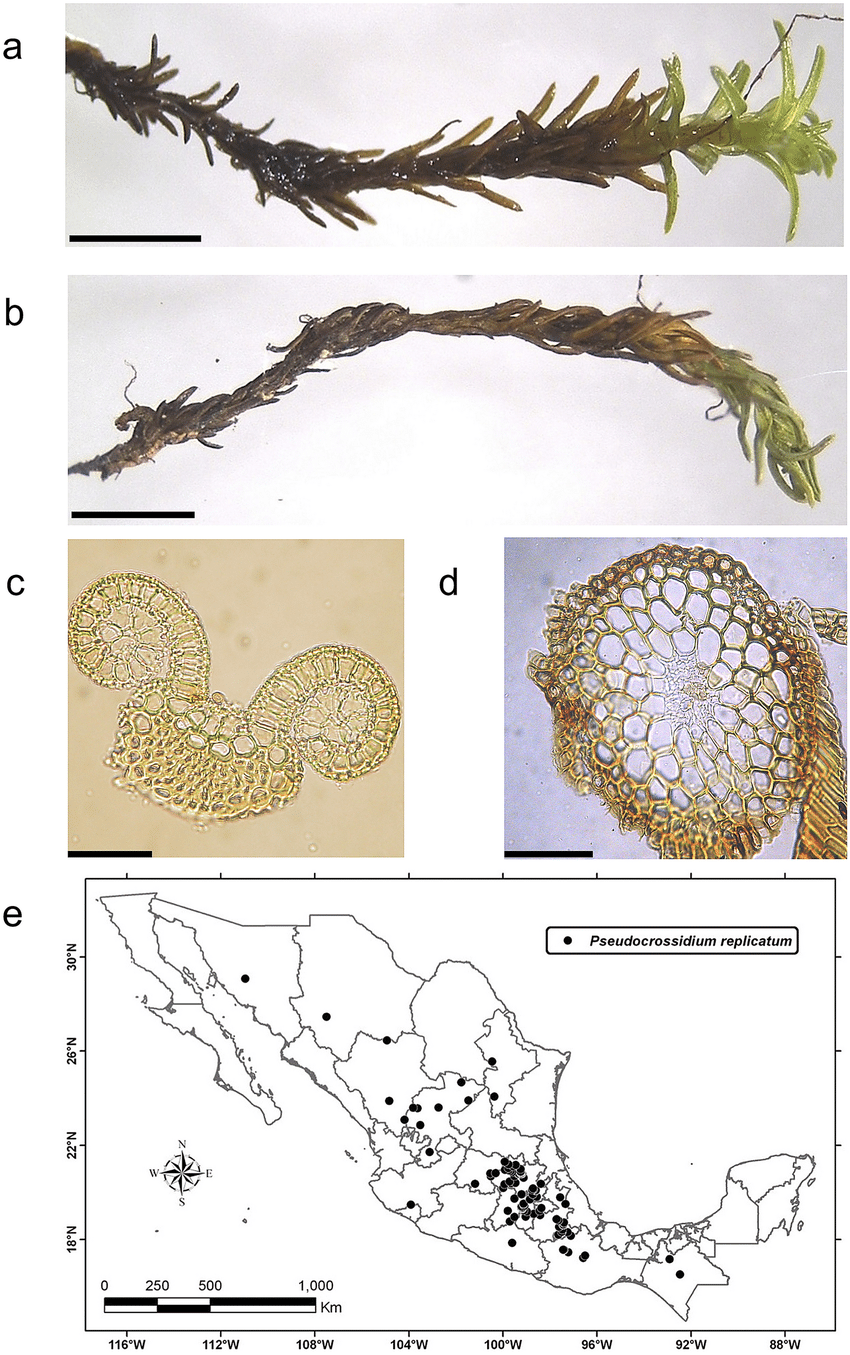
The-species-P-replicatum-Taylor-R-H-Zander-is-widely-distributed-in-Mexico-The.png from: https://www.researchgate.net/figure/The-species-P-replicatum-Taylor-R-H-Zander-is-widely-distributed-in-Mexico-The_fig1_352835070
Introduction
In the vast and captivating world of bryophytes, one tiny moss species stands out as a true marvel of nature – the Pseudocrossidium replicatum (Taylor) R.H.Zander. Belonging to the Pottiaceae family, this unassuming plant has captured the hearts of moss enthusiasts worldwide with its intricate beauty and remarkable adaptations.
Background
Before delving into the intricacies of this fascinating moss, let’s set the stage with a brief introduction to the world of bryophytes. These non-vascular plants, which include mosses, liverworts, and hornworts, are often overlooked but play a crucial role in various ecosystems. They are among the oldest land plants on Earth, with a rich evolutionary history dating back over 400 million years.
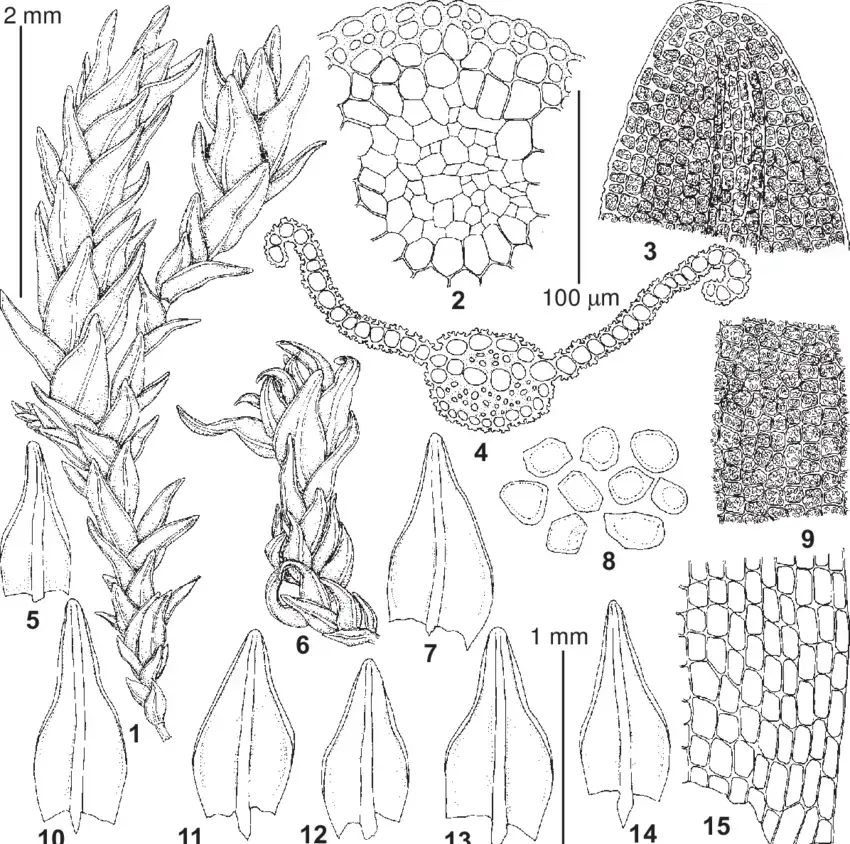
Bryoerythrophyllum-inaequalifolium-Taylor-RH-Zander-from-Altai-Mts-20IX1989.png from: https://www.researchgate.net/figure/Bryoerythrophyllum-inaequalifolium-Taylor-RH-Zander-from-Altai-Mts-20IX1989_fig2_270427978
Main Content
Morphology and Identification
The Pseudocrossidium replicatum is a small, acrocarpous moss that forms dense, cushion-like tufts or mats. Its leaves are lanceolate to ovate-lanceolate, with a distinctive recurved margin and a costa (midrib) that extends to the leaf apex or slightly beyond. The
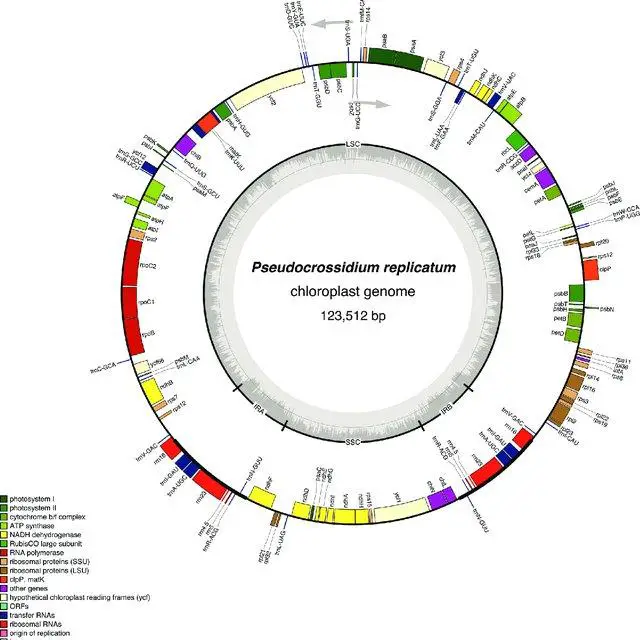
Gene-map-of-the-moss-P-replicatum-Genes-in-the-inside-of-the-map-are-transcribed_Q640.jpg from: https://www.researchgate.net/figure/Gene-map-of-the-moss-P-replicatum-Genes-in-the-inside-of-the-map-are-transcribed_fig1_334547116
capsules are erect and cylindrical, with a peristome (tooth-like structures) that aids in spore dispersal.
One of the most striking features of this moss is its ability to curl its leaves when dry, a trait known as poikilohydry. This adaptation allows the plant to conserve moisture and protect its delicate tissues during periods of drought.
Global Distribution and Habitat
The Pseudocrossidium replicatum is a cosmopolitan species, found on every continent except Antarctica. It thrives in a wide range of habitats, from arid and semi-arid regions to urban environments, where it can be found growing on soil, rocks, walls, and even concrete surfaces.
This moss’s ability to colonize such diverse environments is a testament to its remarkable adaptability and resilience. It can withstand extreme temperatures, desiccation, and even pollution, making it a true survivor in the plant kingdom.
Ecological Roles and Adaptations
Despite its diminutive size, the Pseudocrossidium replicatum plays a vital role in various ecosystems. It contributes to soil formation and stabilization, provides a microhabitat for other organisms, and acts as a pioneer species, paving the way for the establishment of more complex plant communities.
One of the most fascinating adaptations of this moss is its ability to
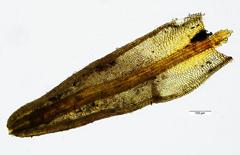
p_replicatum3_small.jpg from: https://www.wnmu.edu/academic/nspages/gilaflora/pseudocrossidium_replicatum.html
revive from a state of desiccation. When conditions become dry, the plant enters a state of cryptobiosis, where its metabolic processes slow down to a near-standstill. However, as soon as water becomes available, the moss can rapidly rehydrate and resume its normal activities, a remarkable feat of resilience.
Case Studies/Examples
The Pseudocrossidium replicatum has been the subject of numerous scientific studies, shedding light on its unique adaptations and ecological significance. For instance, researchers have investigated its role in stabilizing soil in arid regions, its potential as a bioindicator of environmental pollution, and its ability to colonize urban environments.
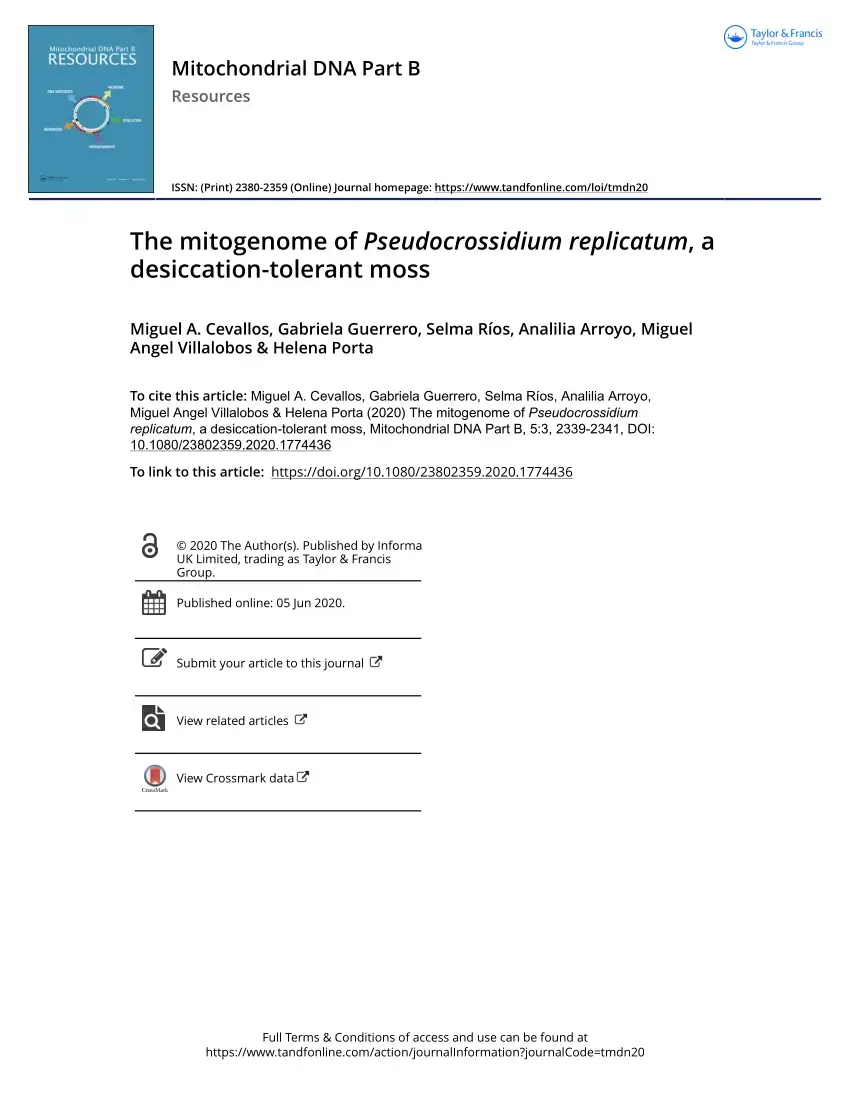
largepreview.png from: https://www.researchgate.net/publication/334547116_The_chloroplast_genome_of_the_desiccation-tolerant_moss_Pseudocrossidium_replicatum_Taylor_RH_Zander

2330-l-2.jpg from: https://www.wildflowers.co.il/hebrew/picture.asp?ID=13318
One particularly interesting study explored the moss’s ability to tolerate and accumulate heavy metals, making it a potential candidate for phytoremediation (the use of plants to remove contaminants from the environment).
Technical Table
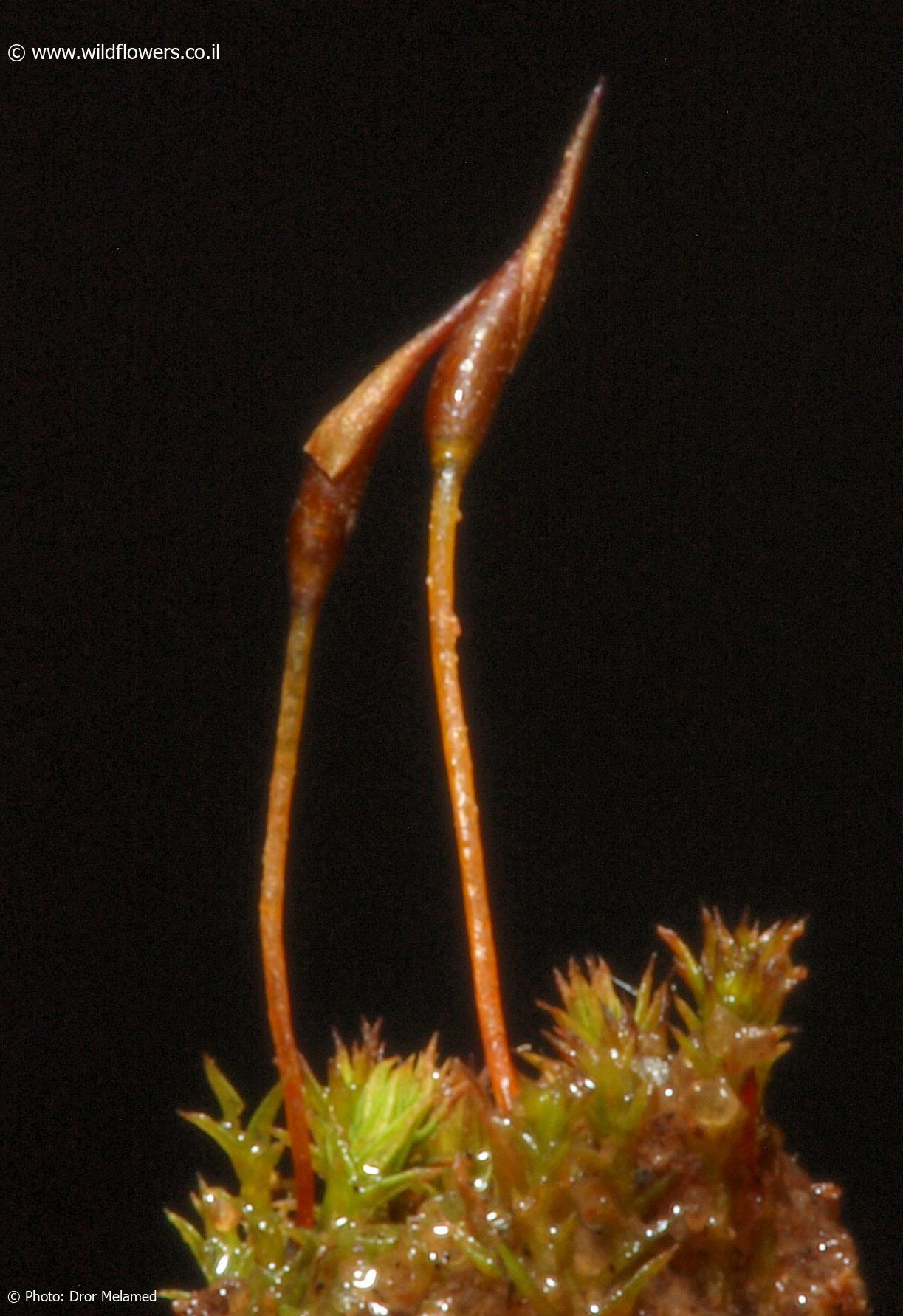
3345-l-3.jpg from: https://www.wildflowers.co.il/hebrew/picture.asp?ID=20092
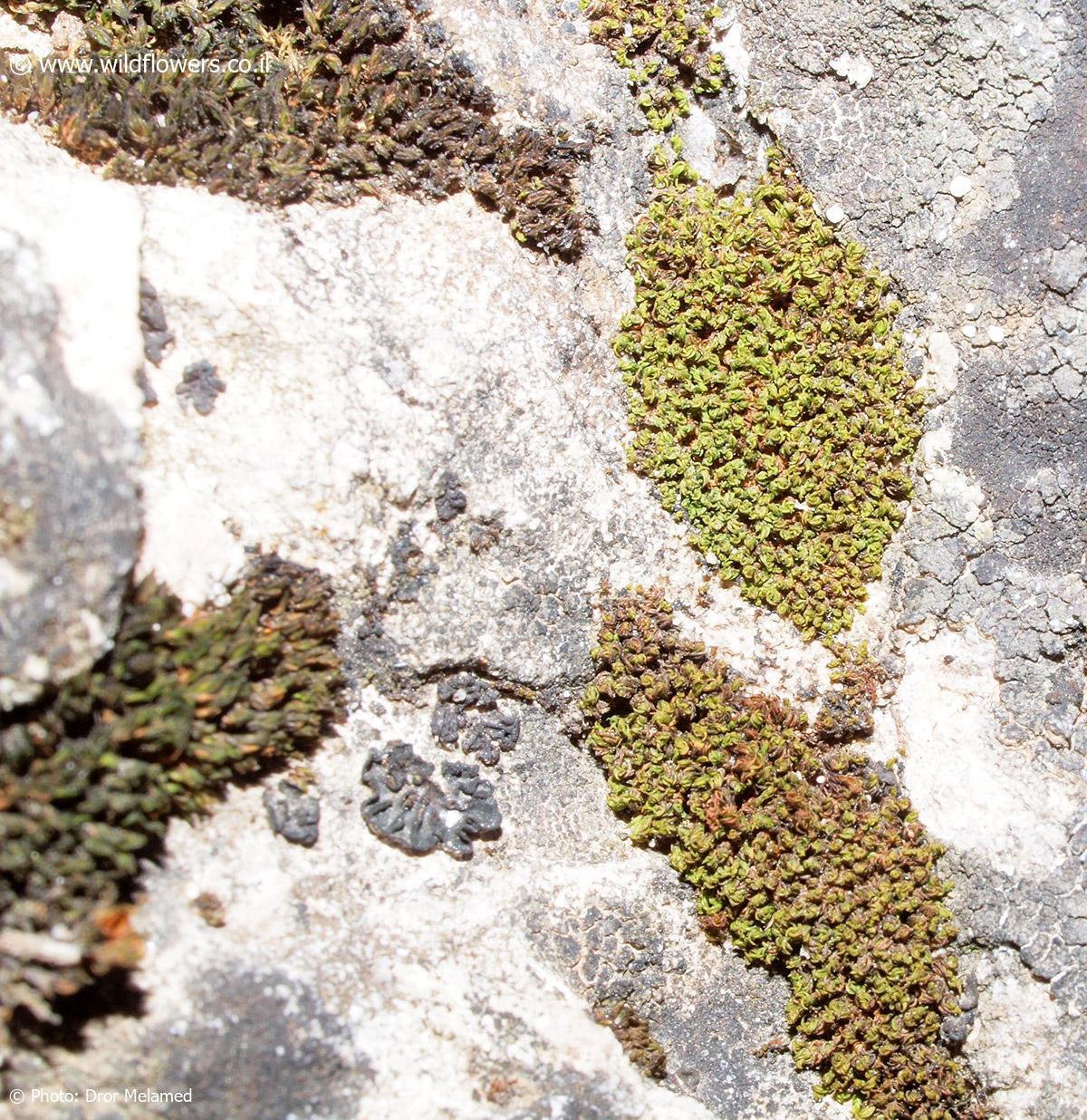
2330-l.jpg from: https://www.wildflowers.co.il/hebrew/picture.asp?ID=13316
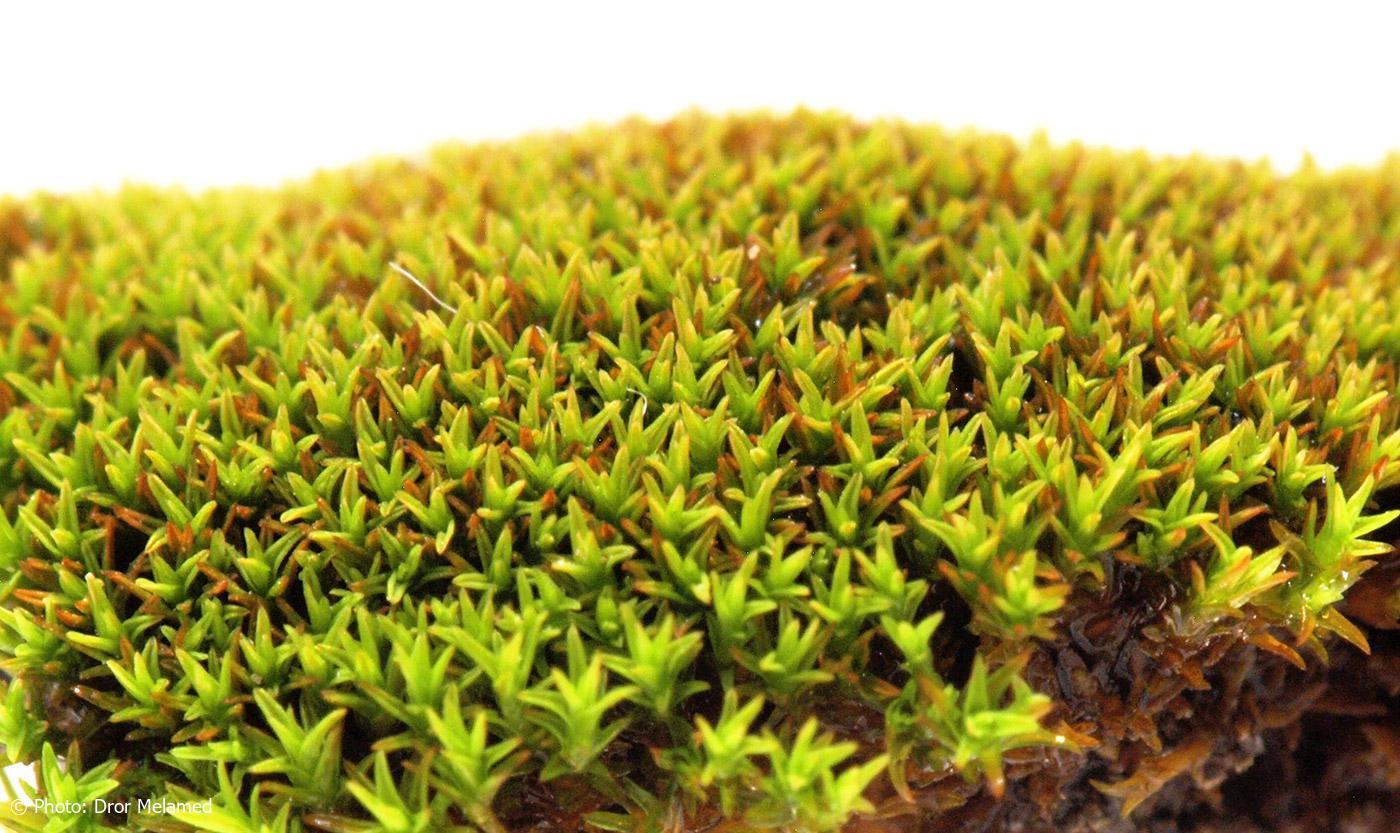
2330-l-3.jpg from: https://www.wildflowers.co.il/hebrew/picture.asp?ID=13319
| Characteristic | Description |
|---|---|
| Family | Pottiaceae |
| Genus | Pseudocrossidium |
| Species | replicatum (Taylor) R.H.Zander |
| Growth Form | Acrocarpous, cushion-like tufts or mats |
| Leaf Shape | Lanceolate to ovate-lanceolate |
| Leaf Margin | Recurved |
| Costa | Extending to leaf apex or slightly beyond |
| Capsules | Erect, cylindrical |
| Peristome | Present, aiding in spore dispersal |
| Adaptation | Poikilohydry (curling leaves when dry) |
Conclusion
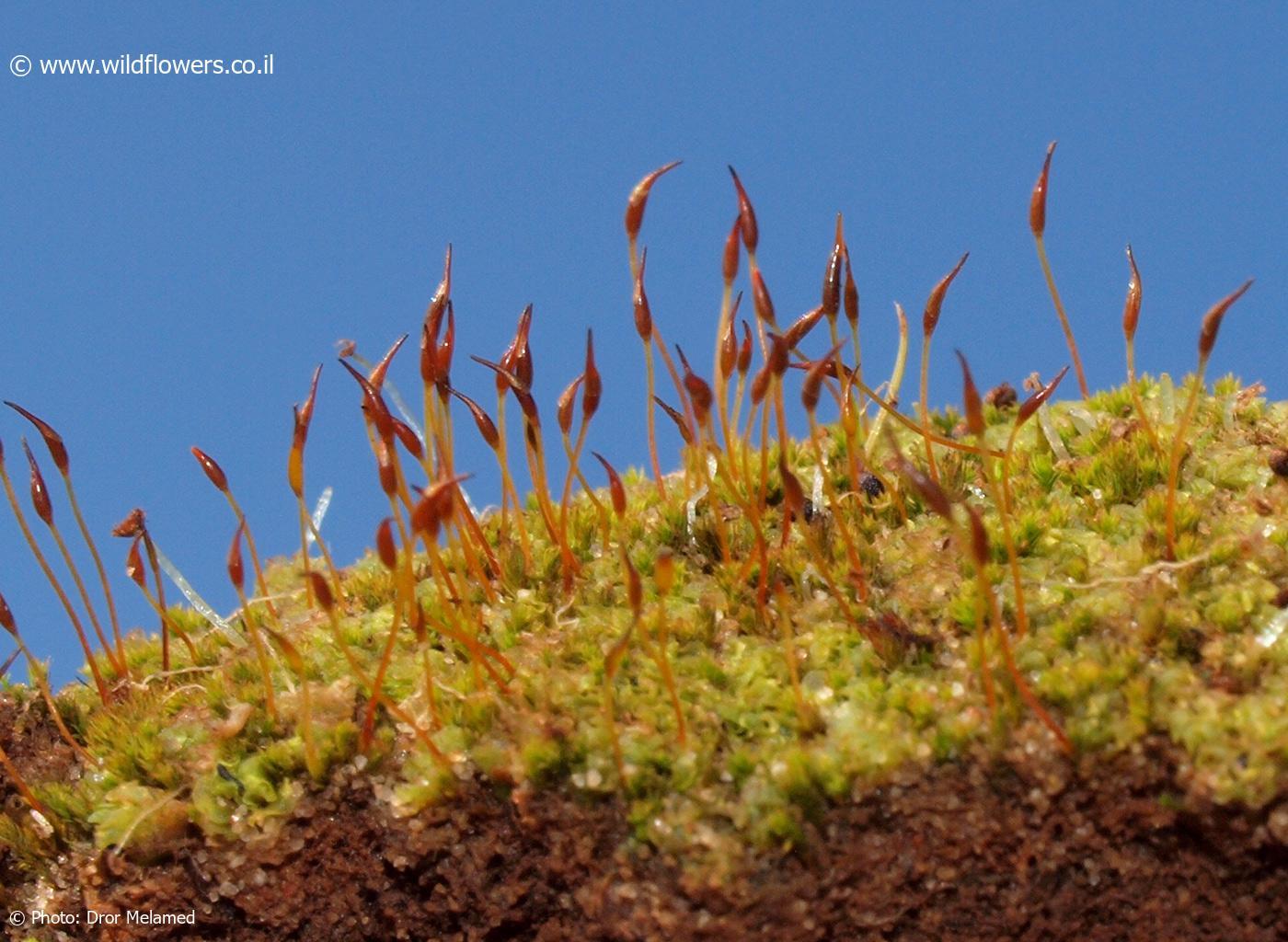
3345-l.jpg from: https://www.wildflowers.co.il/hebrew/picture.asp?ID=20088
The Pseudocrossidium replicatum is a true testament to the incredible diversity and resilience of the bryophyte world. Its ability to thrive in harsh environments, its unique adaptations, and its ecological significance make it a fascinating subject of study for moss enthusiasts and scientists alike.
As we continue to explore and appreciate the wonders of the natural world, perhaps we can take inspiration from this tiny moss and its remarkable ability to persevere and adapt in the face of adversity. After all, who knows what other secrets and marvels await us in the intricate tapestry of life?